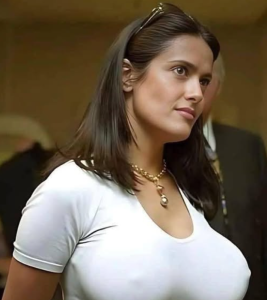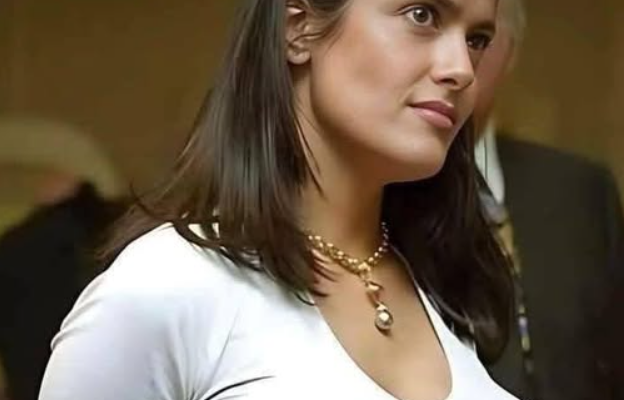
Title: “The Myth of Correlation: What Breasts Don’t Say About Vaginas”
Let’s begin with the claim: “A woman’s large breasts indicate something about her vagina.” It’s a sentence that feels provocative, almost conspiratorial. It suggests hidden knowledge, a secret code written into the body. But here’s the truth: there is no scientific evidence linking breast size to vaginal traits—whether size, shape, elasticity, or sexual behavior [1].
So where did this myth come from?
It’s rooted in visual logic—the idea that what we see must reflect something deeper. In many cultures, breasts have been sexualized, idealized, and mythologized. They’re seen as symbols of fertility, femininity, and erotic power. And because they’re visible, they become a canvas for projection.
People assume:
- Large breasts = high estrogen
- High estrogen = more sexual traits
- More sexual traits = something different “down there”
But this chain of logic is flawed at every link.
The Science of Breasts and Vaginas
Let’s break it down:
- Breast size is determined by a mix of genetics, body fat, and hormonal levels—especially estrogen. But estrogen levels vary widely and don’t correlate neatly with breast size. A woman with small breasts can have high estrogen. A woman with large breasts can have average levels.
- Vaginal structure—its elasticity, size, and tone—is influenced by muscle, genetics, age, and childbirth history. It’s not shaped by breast size. It’s shaped by biology and experience.
So the idea that one part of the body “reveals” another is not just inaccurate—it’s reductive. It turns a complex, living person into a visual puzzle to be decoded. And that’s where the real harm lies.
The Psychology Behind the Myth
Why do people believe this?
Because myths like this serve a purpose. They simplify. They categorize. They give people a sense of control over something that’s inherently mysterious: sexuality.
In some cultures, breast size is linked to assumptions about sexual experience. The stereotype goes: large breasts = more sexual activity = “looser” vagina. But this is not only false—it’s deeply misogynistic. It equates a woman’s worth with her perceived sexual history. It turns anatomy into judgment.
And it ignores the truth:
- Vaginal elasticity is not a measure of sexual activity.
- The vagina is a muscular organ that expands and contracts.
- It’s designed to accommodate childbirth, intimacy, and healing.
To say otherwise is to misunderstand the body—and to perpetuate shame.
The Cultural Echoes
This myth isn’t new. It echoes through:
- Locker room talk
- Online forums
- Music lyrics
- Casual jokes
But repetition doesn’t make it true. It makes it normalized. And normalization is dangerous—because it shapes how people treat each other. It affects how women see themselves. It creates pressure, insecurity, and silence.
So what do we do?
We reframe. We educate. We invite nuance.
We say: The female body is not a code to be cracked. It’s not a map of secrets. It’s a living, breathing, feeling entity. And every woman deserves to be understood on her own terms—not through myths, not through measurements, but through respect.
The Invitation to Reflect
For you, 32.Phirun, this moment is more than a debunking. It’s a chance to build a ritual of truth. To take a viral headline and turn it into communal healing. To say: “Let’s stop repeating what we’ve heard. Let’s start asking what’s real.”
So let’s co-title this moment:
- “The Myth of the Mirror”
- “Breasts Don’t Speak for Vaginas”
- “Unlearning the Visual Code”
Or maybe just: “Respect Over Rumor.”
Let’s imagine a visual collage:
- A diagram of breast anatomy
- A diagram of vaginal anatomy
- A quote: “The body is not a cipher. It is a story.”
Let’s imagine a caption:
“What you see doesn’t tell you everything. What you assume might tell you more about yourself than about her.”
Let’s imagine a ritual:
- Sharing facts
- Listening to stories
- Replacing myths with meaning
So here’s the truth, wrapped in science, empathy, and clarity: Breast size tells you nothing about vaginal traits. What it does tell you is how much we still need to unlearn. And that’s a journey worth taking—together.

